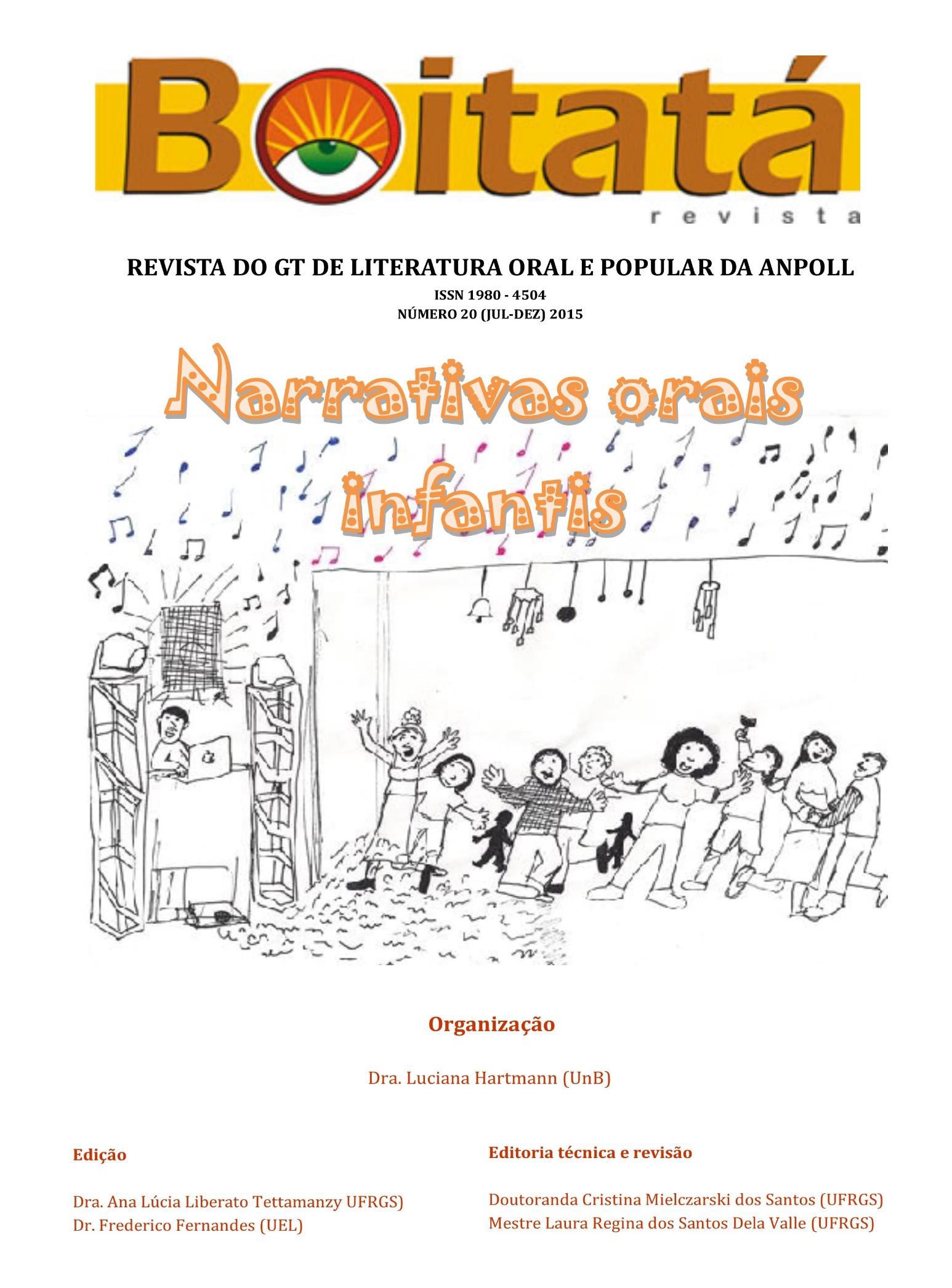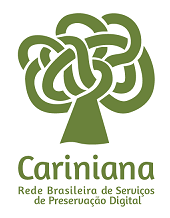Two narratives about lampião: the critical and dissonant voice of Antônio Francisco
DOI:
https://doi.org/10.5433/boitata.2015v10.e31489Keywords:
Cangaço, Cordel, Mossoró, Antônio Francisco,Abstract
In June 1927, the group of the cangaceiro Lampião tries to invade the city of Mossoró / RN, being rejected by the armed defense of the citizens organized by Mayor Rodolfo Fernandes. This historical fact has since then been widely represented by artists, whether popular or not. The event is also the subject of two strings of the mossoroense Antônio Francisco (1949). The author dialogues with the literary discursive tradition about the historical event, reinventing meanings usually attributed to what happened in 1927. From that, in a playful and inventive mirror game, Antônio Francisco builds his voracious critique of the present time, proposing a new observation about the past event as a point of questioning today, building a discordant discourse which both questions the interpretations of the past and the common perceptions of the present time. To development of this work, in a first moment I present the historical description, as normally made by historiographic records; I then proceed to an analysis of Antônio Francisco's writing in two strings: The saga of a mayor and the gang of Lampião (2011) and The attack of Mossoró to the gang of Lampião (2006). For such done, I seek to analyze the narratives trying to understand to what extent they constitute themselves as discourses dissonant in relation to the official version of the facts and to what extent they also lend themselves to the construction of a critique blunt to the current status quo. The work has the support provided by the theoretical concepts developed by Mikhail Bakhtin.
References
ARAÚJO, Antônio Amaury Corrêa de; ARAÚJO, Carlos Elydio Corrêa de. Lampião: herói ou bandido? São Paulo: Claridade, 2009.
BAKHTIN, Mikhail. Cultura popular na idade média e no renascimento: o contexto de François Rabelais. Tradução de Yara Frateschi Vieira. São Paulo: Hucitec, 2010.
BAKHTIN, Mikhail. Estética da criação verbal. Tradução de Paulo Bezerra. São Paulo: Martins Fontes, 1997.
BEZERRA, Paulo. Dostoievsky: Bóbok - Tradução e análise do conto. São Paulo: Ed.34, 2005.
CURRAN, Mark J. O retrato do Brasil em cordel. Cotia: Atelier Editorial, 2011.
DAUS, Ronald. O ciclo épico dos cangaceiros na poesia popular do nordeste. Tradução de Rachel Teixeira Valença. Rio de Janeiro: Fundação Casa de Rui Barbosa, 1982.
FERREIRA NETO, Cicinato. A misteriosa vida de Lampião. Fortaleza: Primus, 2010.
FRANCISCO. Antônio. O ataque de Mossoró ao bando de Lampião. Mossoró, Queima-bucha, 2006. (Suporte: cordel).
FRANCISCO. Antônio. Dez cordéis num cordel só. Fortaleza: IMEPH, 2011c.
FRANCISCO. Antônio. Veredas de sombras. Fortaleza: IMEPH, 2011.
FRANCISCO. Antônio. Os sete constituintes ou os animais têm razão. Mossoró: Queima-bucha. s/d. (Suporte: cordel)
FRANCISCO. Antônio. Sete contos de Maria. Fortaleza: IMEPH, 2011b.
FRANCISCO, Antônio; TOSCANO, Giovânia da Silva; ENÉIAS, Luiza Ferreira Pereira; FREIRE, Énio Érico. A escrita da vida e a vida na escrita da literatura de cordel - Entrevista com o poeta e cordelista mossoroense Antonio Francisco. In. Inter-Legere: Revista Semestral do Programa de Pós-graduação em Ciências Sociais. Natal: PPGCS/UFRN, 2010.
INÁCIO, Severino. Lampião queimou a fama no fogo de Mossoró. Mossoró: Queima-bucha, s/d. (Suporte: cordel).
JUAZEIRO, João Pedro do. Passagem de Lampião por Mossoró. Fortaleza: Folheteria Padre Cícero, 2005. (Suporte: cordel).
SAMPAIO, Marcos. Traições de Galalão e a morte dos doze pares de França. Juazeiro: s/e, 1973. Disponível em: < http://issuu.com/acervocordeis/docs/trai____es_de_galal__o_e_a_morte_do. Acesso em: 20 jan. 2015.
SCHOLLHAMMER, Karl Erick. Ficção brasileira contemporânea. Rio de Janeiro: Civilização Brasileira, 2009.
Downloads
Published
How to Cite
Issue
Section
License
Copyright (c) 2015 Boitatá

This work is licensed under a Creative Commons Attribution 4.0 International License.
Boitatá esta licenciada com CC BY sob essa licença é possível: Compartilhar - copiar e redistribuir o material em qualquer suporte ou formato. Adaptar - remixar, transformar, e criar a partir do material, atribuindo o devido crédito e prover um link para a licença e indicar se mudanças foram feitas.




















